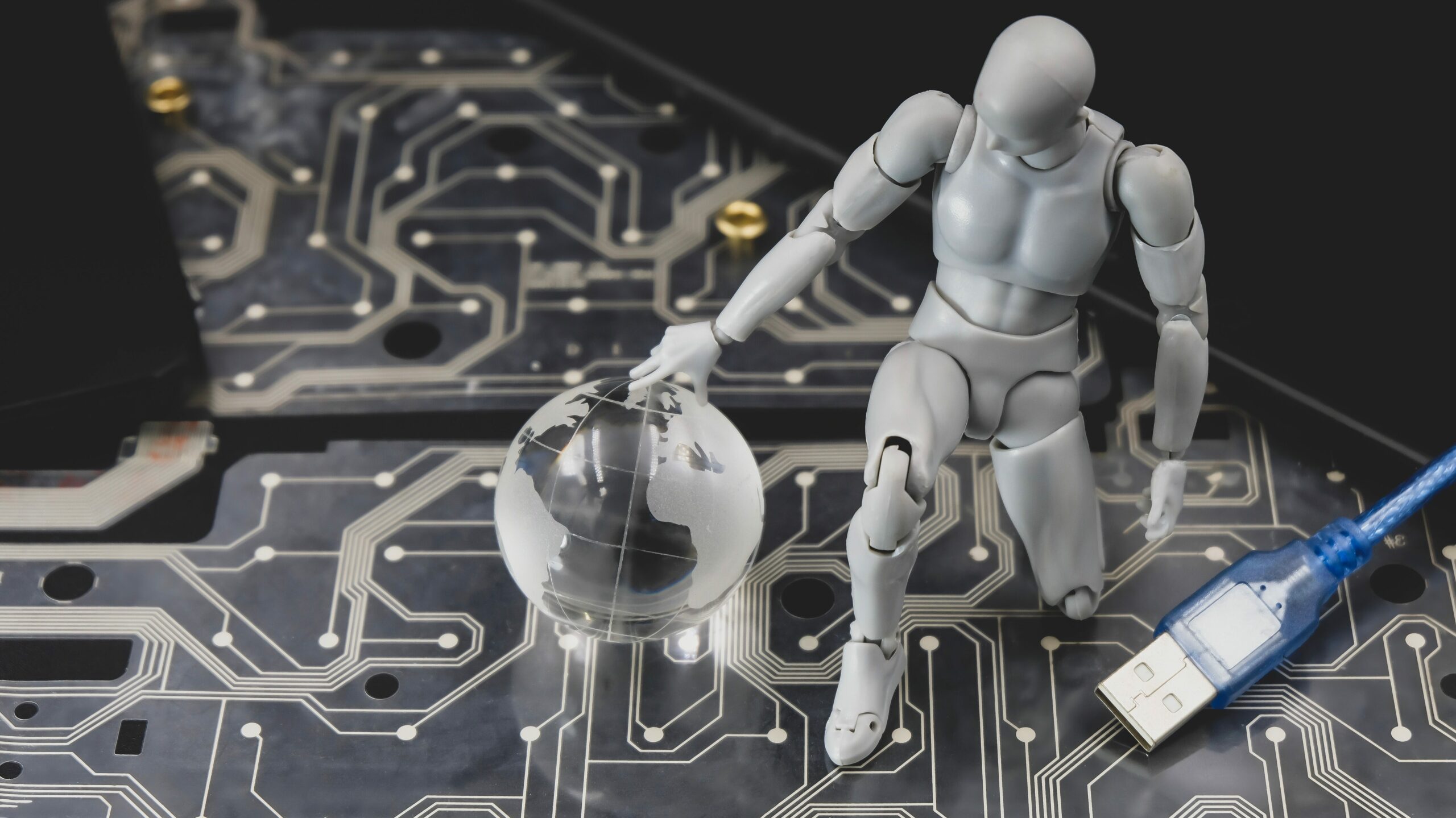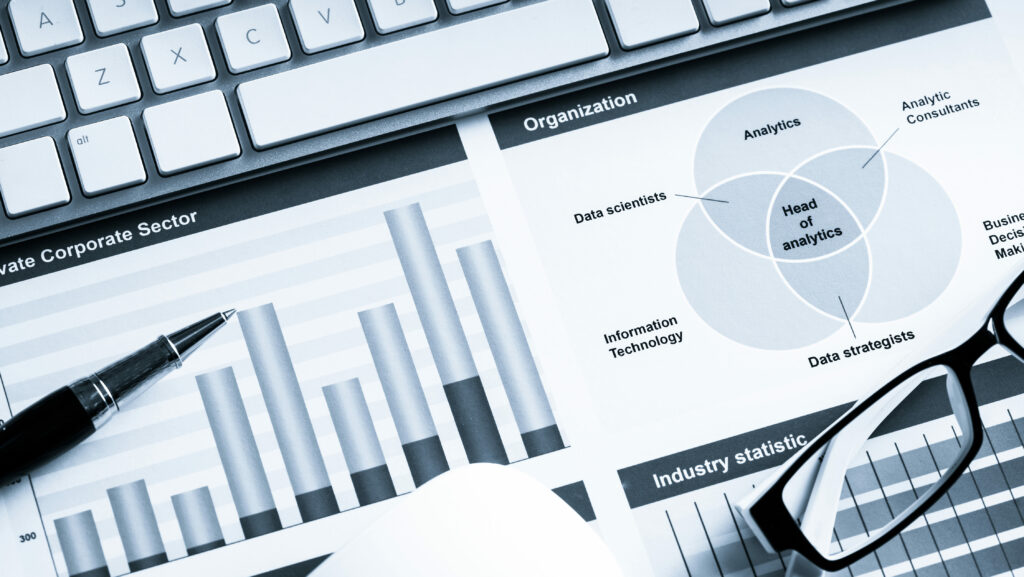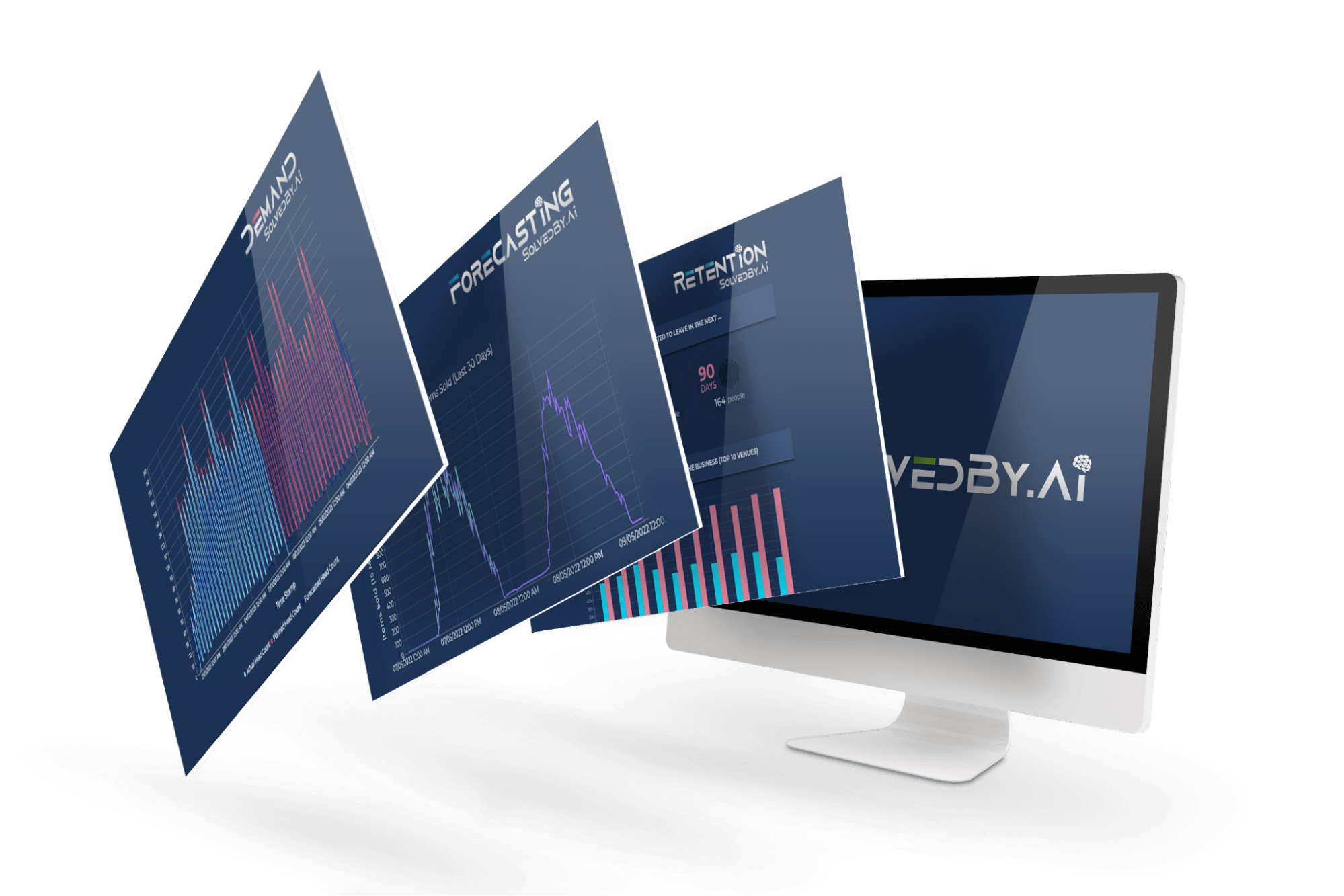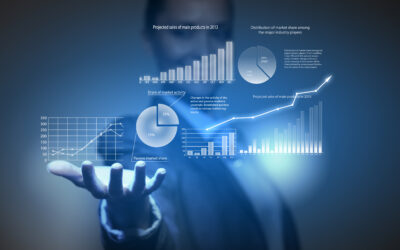There are several ways to implement time series forecasting. However, let’s start with the ways to make a forecast, ranging from the Delphi model, where questionnaires and interviews are used to reach a consensus on what is likely to happen, to Ai based forecasts that rely on vast amounts of data.
In this blog post, we look deeper into time series forecasting, which is becoming increasingly popular because of the availability of more data sets, cloud computing and artificial intelligence. This could mean a significant increase in the use of Ai Solutions and how it can benefit workforce management solutions.

What is a time series?
It is a series of data points that are indexed in time order. The sequence of data points is taken at equally spaced points in time and arranged in chronological order.
What is time series forecasting?
The creation of a forecast based on historical time series data. When the forecast is made, the future outcome should be unavailable and relies on a model to analyse the historical time series data.
Examples of time series forecasting in business.
In business, time series forecasts are used to predict future outcomes to make decisions. Some examples include:
- Forecasting sales to predict staffing levels
- Forecasting sales by item to predict what stock to order
- Forecasting income to predict cash flow
- Forecasting web traffic to predict required server capacity
What is Regression Analysis?
When investigating time series forecasting, you will come across its close cousin, regression analysis. It helps to understand how they work together.
Regression analysis offers a mathematical means of identifying the variables that significantly impact a given outcome. It helps answer critical questions such as which factors are most important, which can be disregarded, how these factors interact with one another, and ultimately, how certain we can be about their overall impact.

When conducting regression analysis, variables are the key factors to consider. The dependent variable is the main focus, as it is the factor being studied or predicted. Independent variables are also essential and are the factors that are believed to have an effect on the dependent variable.
A good example we often come across is the weather; businesses often believe that weather impacts sales. A regression analysis will allow a company to determine whether that is true and which items sales are affected by the weather. The business can then decide if the weather is one of the variables that need to be used in a forecast of future sales.
What is the difference between a forecast and a regression analysis?
Time Series Forecasting is the prediction of future values using historical time series data. Time Series Regression is a method to understand the impact different variables have on an outcome for use later in creating a forecast. A regression analysis is often done to determine the data points and variables you want to include in a time series forecast.
Why would I use a time series forecast?
Accurately predicting future trends and patterns can aid in distinguishing between chance fluctuations and anomalies, as well as isolating real insights from predictable cycles. By examining how data shifts over time, time series analysis provides valuable insights, and effective forecasting allows for identifying the data’s trajectory. There are four key patterns that a time series forecast can identify.
- Trend: This describes how the variable changes over long periods of time.
- Seasonality: This shows regularly occurring trends related to a period, such as the summer or weekends. Seasonal series can be tied to any time measurement, but these periods of time always have a fixed length and succession.
- Cycles: Long-term cycles exhibit a waveform pattern and recurring nature akin to seasonal patterns but with no fixed time period. They vary in length and comprise recognisable phases of growth, recession, and recovery, as seen in business cycles.
- Irregularities: these appear due to unexpected events or are simply representative of noise in the data.
Does a time series forecast need Ai or ML to work?
No, you can do a time series forecast with a pen and paper or a spreadsheet. However, AI and Machine learning can deal with giant data sets and multiple independent variables and produce more accurate forecasts. They can also do it much quicker, so they can produce hundreds of related forecasts and then update them in real time by increasing the historical data set as new data points are created.
What types of models can be used for time series forecasting?
There are many models that can be used for time series forecasting; the simplest could be to take the average growth in sales for a year and then apply that growth rate to last year’s sales on a given day to predict the sales on the same day this year. That model is often called YOY or year-on-year.
There are many other models available; here are some examples that you will come across regularly; we won’t explain the full technical details in this blog post. However, we have chosen related models which show how the model develops in complexity by incrementally adding new features to less complex models:
- Autoregressive (AR) model: these are models where the dependent variable is a linear function of past values.
- Moving average (MA) model: primarily used for stationary data, the data where we don’t see significant trends or seasonality
- Autoregressive moving average (ARMA) model: a combination of the autoregressive and moving average models.
- Autoregressive integrated moving average (ARIMA) model: A further development of the ARMA model. ARIMA and ARMA models differ in their ability to model time-series data. ARIMA models can handle non-stationary data, while ARMA models are limited to static data.
- Seasonal autoregressive integrated moving average (SARIMA) model: A variation of the AIMA model that allows you to consider seasonality.
Related content:










